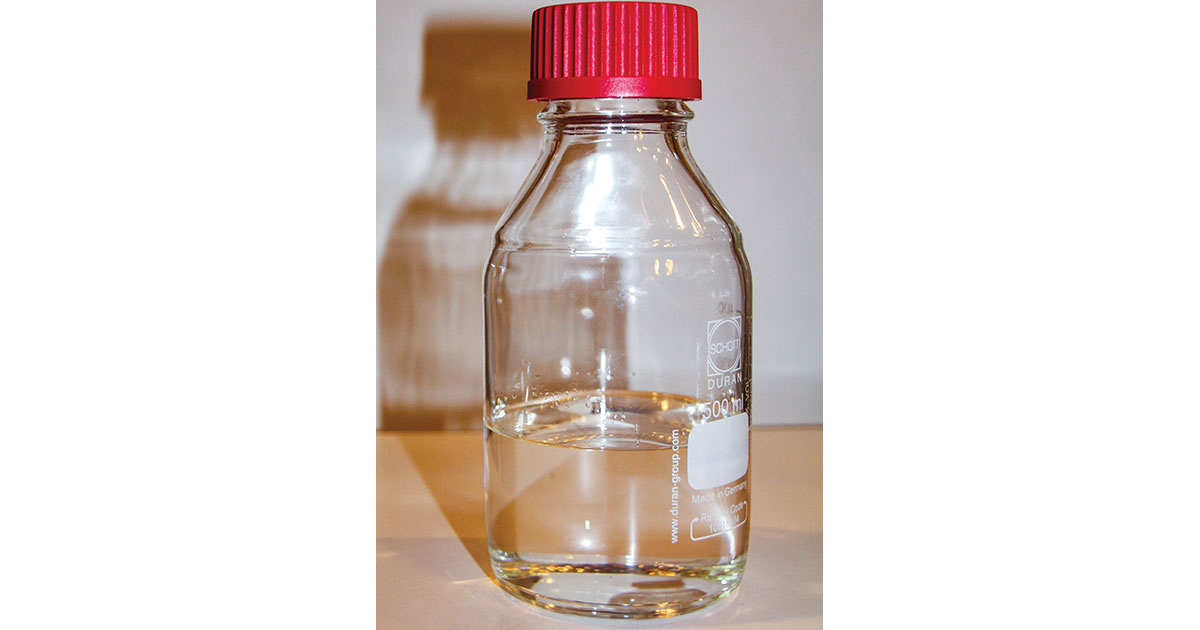Advertisement
Grab your lab coat. Let's get started
Welcome!
Welcome!
Create an account below to get 6 C&EN articles per month, receive newsletters and more - all free.
It seems this is your first time logging in online. Please enter the following information to continue.
As an ACS member you automatically get access to this site. All we need is few more details to create your reading experience.
Not you? Sign in with a different account.
Not you? Sign in with a different account.
ERROR 1
ERROR 1
ERROR 2
ERROR 2
ERROR 2
ERROR 2
ERROR 2
Password and Confirm password must match.
If you have an ACS member number, please enter it here so we can link this account to your membership. (optional)
ERROR 2
ACS values your privacy. By submitting your information, you are gaining access to C&EN and subscribing to our weekly newsletter. We use the information you provide to make your reading experience better, and we will never sell your data to third party members.
Policy
Database Debate
NIH's PubChem chemical structure database draws ACS's concern
by SUSAN MORRISEY
April 25, 2005
| A version of this story appeared in
Volume 83, Issue 17
CHEMICAL LIBRARIES
When NIH rolled out its publicly available chemical structure database last fall, officials at the American Chemical Society saw a product that they say looks a lot like a database of its own--the Chemical Abstracts Service (CAS) Registry. ACS officials are worried about the consequences of a free government service competing with an established private-sector business.
The NIH database, known as PubChem, is a key piece of the Molecular Libraries & Imaging component of the agency's Roadmap for Medical Research. PubChem is designed to integrate chemical information on compounds produced by NIH's molecular libraries screening centers with other databases supported by the National Library of Medicine.
Like the CAS Registry, PubChem provides chemical structures and links to literature references. PubChem is supposed to focus on connecting chemical information on small organic molecules that have potential use in drug development with biomedical research.
Since PubChem was launched, however, ACS Executive Director and Chief Executive Officer Madeleine Jacobs says the scope of compounds it includes has gone beyond those resulting from roadmap-related research or even other NIH-funded research. This re-collecting and publishing of large volumes of chemical substance data from non-NIH sources is what has ACS concerned, she says.
"We think this an unwise use of taxpayer money that should be used for research, and it is direct and unfair competition with the CAS Registry, a valuable database that ACS built up over the years with its own funding and decades of intellectual curation of data."
Robert J. Massie, president of CAS, agrees that PubChem has overstepped its function. "NIH is going beyond its stated purposes and is creating a replica service to the CAS Registry," he comments. "If NIH would limit itself to publishing NIH-funded information, this controversy would disappear immediately."
Ohio Gov. Bob Taft, along with ACS, worries about PubChem's impact on Columbus, Ohio-based CAS employees. Earlier this year, Taft sent a letter to Department of Health & Human Services Secretary Michael O. Leavitt asking him to "carefully evaluate the PubChem initiative to prevent the unnecessary duplication of private information services and the resulting loss of jobs in Ohio."
NIH, on the other hand, views PubChem as complementary to the CAS Registry. National Institute of General Medical Sciences Director Jeremy Berg explains that PubChem is duplicative only in the sense that both databases are indexes of compounds.
Berg notes that NIH's collection is much smaller than CAS's database. Currently, PubChem contains 850,000 compounds compared with the CAS Registry of more than 25 million compounds. And PubChem's depth of coverage is also different, Berg says.
"The links from PubChem are to data that are already publicly available--for example, the National Cancer Institute screening data, data that will come from the roadmap," and other links to the biomedical literature, Berg says. "What CAS covers is links to things like chemical literature, patent literature, and reactions."
Berg says that NIH is working with ACS to resolve this situation to everyone's benefit. He acknowledges, however, that "things certainly aren't going as smoothly as I would like."
ACS's Jacobs and CAS's Massie would also like to see an amicable resolution, but after meeting with NIH officials in late March and exchanging phone conversations and e-mails, they say they are not seeing a lot of movement.








Join the conversation
Contact the reporter
Submit a Letter to the Editor for publication
Engage with us on Twitter